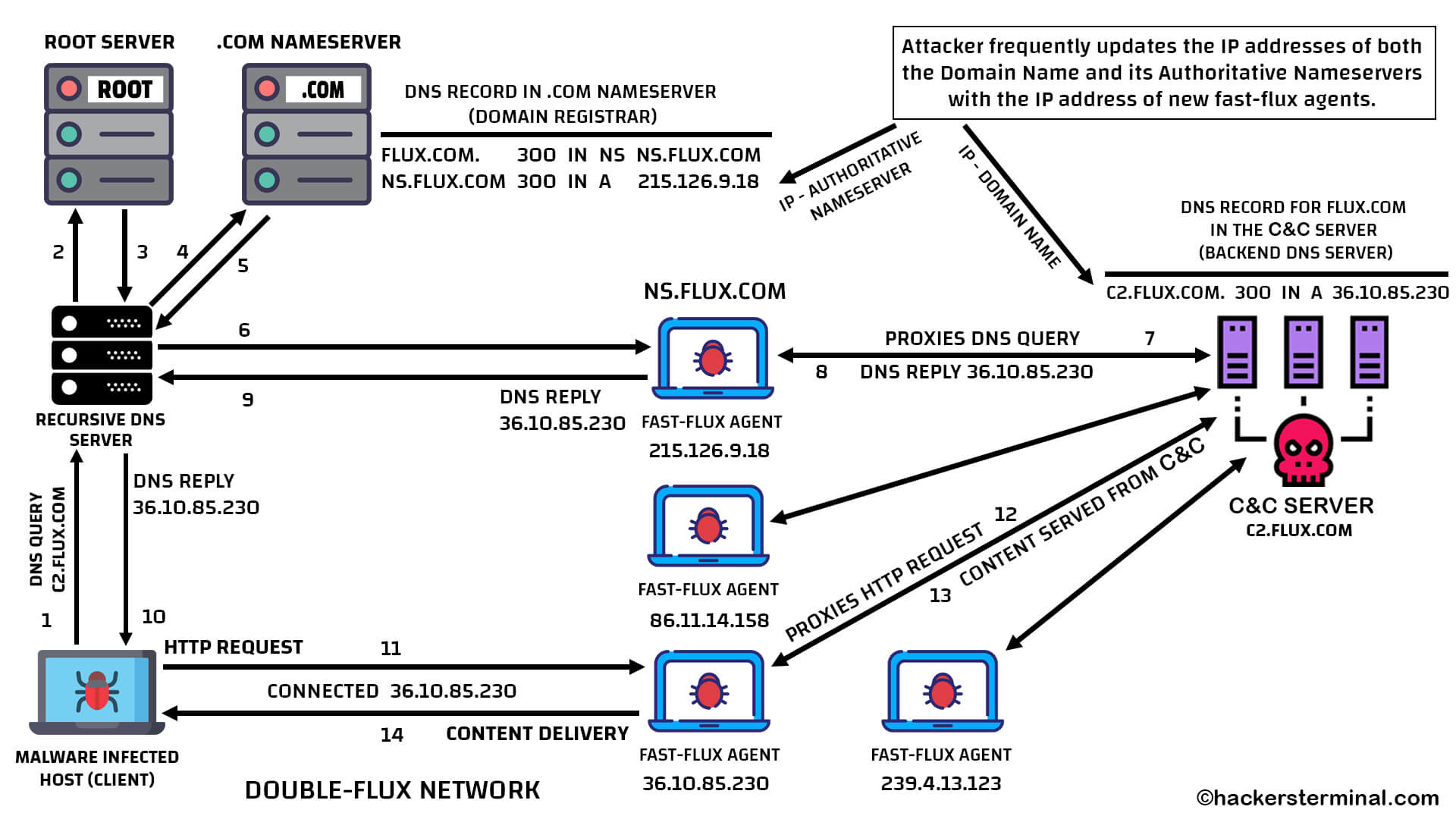

The identification of a potential software threat, with its connected removal, is indeed mandatory for the success of a cybersecurity software architecture.
#Flux hacked client website how to
How to Block Malware Flux from Approaching Complex Server-Based ArchitecturesĪs pointed above, in order to block any form of malware flux from happening, it's important to update native pieces of software with a dedicated debugging section, in order to understand (at a coding level) whether or not the software is isolating a Trojan or a malware. That's why many cybersecurity architectures and software should be looking for it actively and thoroughly. With this in mind, if you analyze a virus (whether if malware or spyware), once you identify which block tells the others what to do, you will find a way to stop it from doing it as well.

That's basically the same thing which happens within objects-based programming languages. Object-related languages are those languages which operate with dynamic factors: imagine a Lego tower in which every single block automatically changes for a set of rules you give to it.

Given the fact that malware fluxes are normally compressed into small archives hidden in Trojans, installing a debugging tool in a cybersecurity software is mandatory, as this will identify where the malware is as soon as it approaches the client's device. This practice is very similar to a DDoS attack, where multiple packages of data are being fired over to a server within an extremely short timeframe, to crash the internal clocking of the machine.Īlthough it may seem complicated, the best way to identify whether or not a malware flux script is being applied to some Trojans is by using targeted software/scripts which are using "dissection-related procedures.” If you're relatively familiar with the programming languages normally used for building such viruses (mainly C++ and Java, two of the most common software programming languages), you'll know that, being objects-related languages, it's possible to debug them by using easy to learn tools which are identifying each object and property within the software. bank account details, etc.), which will keep a hypothetic anti-virus occupied for ages, whilst the purest layers (where the malware is actually stored) could penetrate the machine. Visualize a Malware Flux attack like an onion: the first layer, normally the dirtiest, represents a massive block of spyware (programs, to reference, which want to steal personal data, i.e. As many of you may know, Trojans aren't necessarily stopped by cybersecurity architectures, but mainly just isolated until the internal clocking engine associates them with other particular threats.Īlthough this may sound frightening, it is relatively easy to understand the Malware Flux's process. Malware flux is a relatively simple procedure which basically "hides" the malware in two waves of Trojans. The fact that cybersecurity has been relying on software-based architectures (ranging from firewalls to everything in between) and that cybersecurity architectures are built in easily accessible languages like C++ and SQL have given massive advantages to hackers who were building pieces of malware. Malware has always been a problem in the cybersecurity world. One of the most advanced and popular procedures in today's hacking world is malware flux. Hacking in 2019, especially when done for architectural testing (the procedure, to reference, which many software developers use to test if their architectures are safe to use and "unbreachable") has also evolved massively, with more and more "tricks" which are scaring a vast variety of cybersecurity-based architectures. Although this may sound positive, it must be pointed out how the entire hacking scene has evolved as well. From private usage to enterprise cybersecurity, the whole sector has drastically evolved and improved in the past couple of years. Cybersecurity has developed a lot recently, especially from a software perspective.


 0 kommentar(er)
0 kommentar(er)
